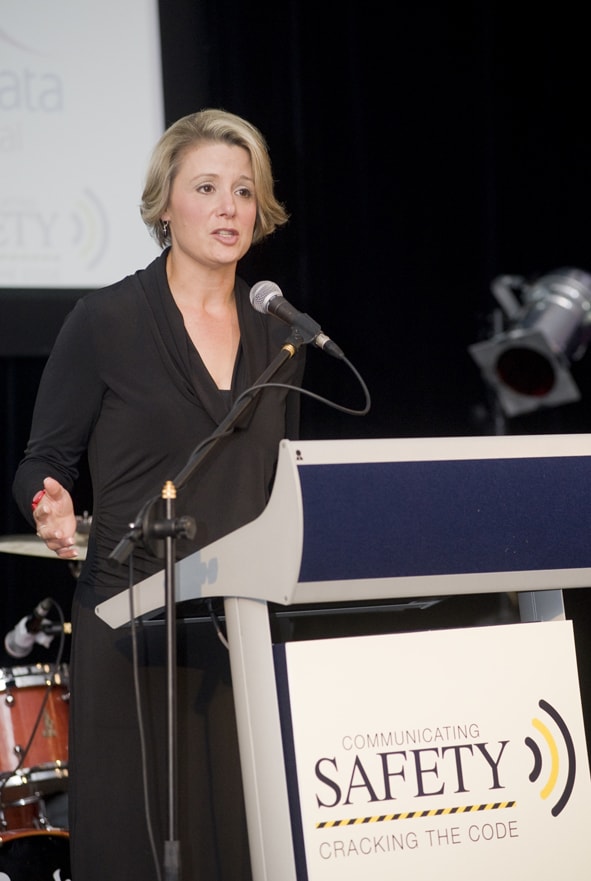For many years the Safety Institute of Australia has been uncertain in its media relations. On most of the important OHS issues in the last 10 years the SIA has either been silent for the fear of being “overtly political” or been too slow to react. Its past media releases have almost always been to promote upcoming conferences. Finally, the SIA has made a media statement within 24 hours of an OHS issue AND it was a political issue. Perhaps the SIA is finally showing some understanding of how to work with the media instead of being suspicious.
On 15 October 2010, The SIA issued a media release on the matter of NSW Premier Kristina Keneally’s refusal to play to the rules on harmonizing OHS laws. In a carefully worded statement, the SIA has come out on the side of the Prime Minister, Julia Gillard. No surprise there as Keneally’s government is considered by almost everyone as a certainty to lose power in the March 2011 election. But the SIA’s inherent conservatism is on show when it says the proposed federal law changes remove “any justification for a union’s right to prosecute.”. The SIA has always been uncomfortable with the OHS role of unions and has had a fractious relationship with the union movement. Continue reading “The Safety Institute discovers the media”

